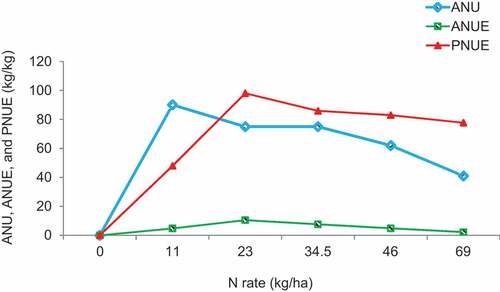Figures & data
Figure 1. Tef production trend from 2007 to 2020 in Ethiopia (million hectares) and grain yield (kg/ha).
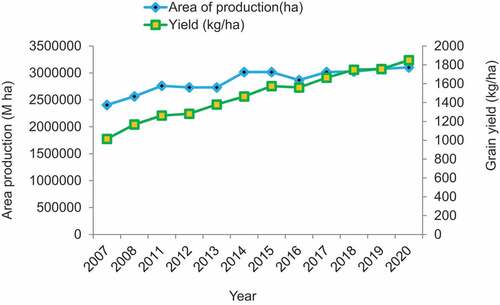
Figure 2. Grain yield of tef under different tillage practices at Minjar and Alemtena in the 2016 to 2017 cropping years. CT = Conventional tillage (5 times tillage), RTR = Reduced tillage residue retained. RTRe = Reduced tillage residue removed MT = Minimum tillage (one pass at sowing) Source .Gezahegn et al. (Citation2019)
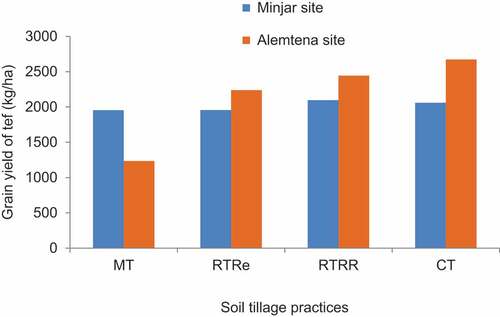
Figure 3. Tef yield trends by broadcasting and row tef sowing method in common tef growing regions of Ethiopia.

Figure 4. Economic analysis of different planting methods in tef; Source: Tesfay et al. (Citation2016). TI = Total Income; TVC = Total variable cost; NBT = Net benefit.
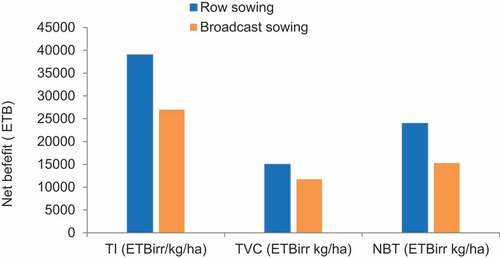
Table 1. Mean biomass yield and grain yield of tef as influenced by planting window and cultivar interaction effects at Debre Zeit and AlemTena during the 2015 to 2017 cropping season
Figure 5. Tef seed rate recommendations in Ethiopia from 1992–2018: Source (Bogal et al. (Citation2018), B. Abebe and Abebe (Citation2016), Chanyalew et al. (Citation2015), Dereje et al. (Citation2018), Ketema (Citation1997), Lakew and Berhanu (Citation2019), and Tilahun (Citation1992).
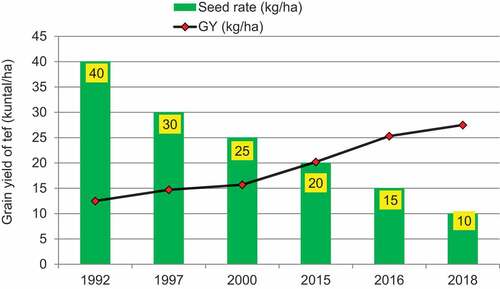
Figure 6. Apparent nitrogen recovery, agronomic and physiological nitrogen use efficiency of tef; ANU = Apparent nitrogen recovery; ANUE = Agronomic nitrogen use efficiency; PNUE = Physiological nitrogen use efficiency. Source; Tadele (Citation2019).
